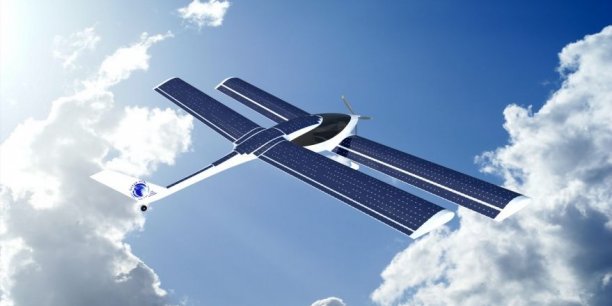Born of the heritage of the Solar Impulse Foundation and taking it further, Climate Impulse wants to showcase concrete technologies that can revolutionize the aviation industry, and the mobility sector in general. Two Well-Travelled Partners We are all familiar with the exploits of Bertrand Piccard, which include the first circumnavigations of the globe in a balloon and more recently in a solar aircraft. He comes from a family of explorers who have climbed the heights and plumbed the depths of our world. We are probably less familiar with an equally intrepid adventurer, Raphael Dinelli. Dinelli attempted a solar circumnavigation of the globe as part of the 1996-1997 Globe Vendee competition. He didn’t quite make it full circle, sinking in the Indian Ocean. The Australian Air Force dropped a life raft to him and then he was pulled to safety by another competitor, Peter Goss. According to Wikipedia, “He went on to sail with Goss in the 1997 edition of the …
A Solar-Algae Hybrid for an Atlantic Crossing
Henri Mignet was never quite able to master an airplane with three-axis controls, and built at least seven flawed attempts at simplified controlled flight. His seminal try, the HM-8 Pou de Ciel (literally, Louse of the Sky, or more familiarly, Flying Flea) became first a matter of celebration for amateur aviators and then a cause of scandal, being banned in Britain following a series of fatal crashes. The “formula”, as proponents called Mignet’s tandem wing configuration, was sorted out after wind tunnel tests in England and America uncovered the flaw that caused the craft to pitch down in an unrecoverable dive. (For a well-illustrated history of Mignet’s design, see Henri Mignet and his Flying Fleas by Ken Ellis and Geoff Jones. Although out of print, used copies are available at Alibris and Abe Books, at higher prices than your editor paid for his new copy 25 years ago.) Later models of the formula have proven to be safe, stable fliers, …


